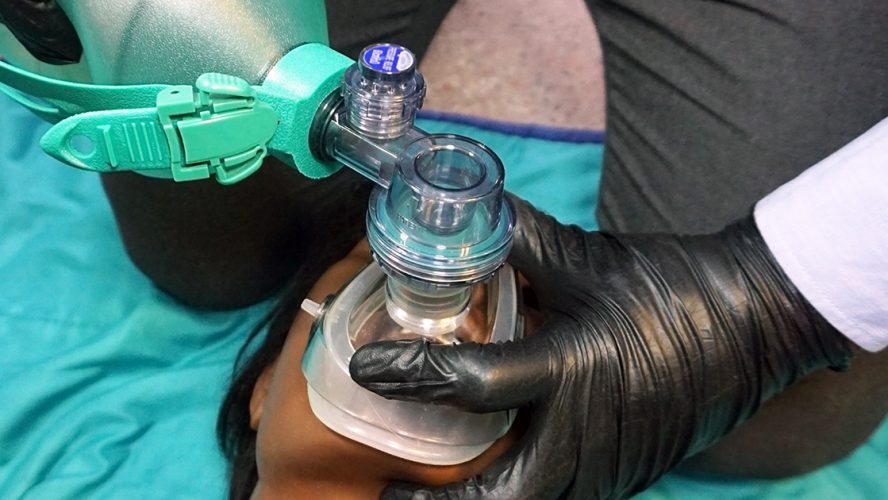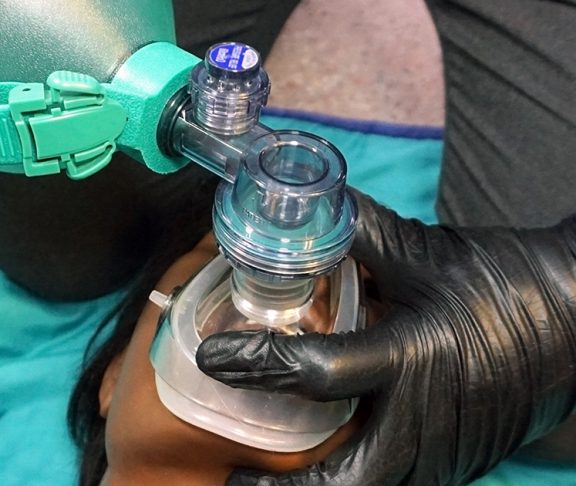Simulated environments in health care, which have long been a component of basic nurse education and training, are growing in number and substance. It’s an exciting and dramatic transformation from the historical “See One, Do One, Teach One” culture to a practice of “See One, Simulate Many” before doing and teaching.
Immerse and interact
To paraphrase an early industry pioneer, David Gaba, simulation is the creation of experiences, often immersive in nature, that evoke or replicate substantial aspects of the real world in a fully interactive fashion.
Nurses have long been using training through simulation for procedures such as inserting a catheter or tube, and studies have shown that this type of practice reduces infections.
However, nurses today care for increasingly complex patients, in increasingly demanding environments. Simulation is critical for training in new skills; developing experiences with rare events; and maintaining and expanding competence throughout one’s career.
Preparing for the worst
For example, any hospital might see a patient present with a rare virus, such as Ebola or Zika, or be suddenly overwhelmed with patients from a natural disaster or even a mass shooting. While it is frightening to think about, that is precisely the aim of simulation: to be rehearsed, prepared and skilled for any scenario that may occur.
I see three main areas of benefit from simulated nurse training and education. The first is attaining competency in technical skills. The second has to do with integrating cognitive and psychosocial skills into patient care. The third is enhancing team communication skills in a clinical environment.
Tech-based education
Recent guidelines from the National Council of State Boards of Nursing have given new justification for simulation-based education by recommending certification in the field, as offered by the Society for Simulation in Healthcare for simulation educators and operations specialists. These serve as support that the lead faculty and simulation lab personnel are qualified.
Technology has advanced simulation and continues to do so. From vast potential applications incorporating machine learning and artificial intelligence to the world of virtual reality, the advances will be breathtaking. Equally important is the development of low-cost equipment and technology for use in low-resource environments around the world.
Over the next five to ten years, I anticipate that simulation will become a critical part of the entire spectrum of a nurse’s career and quality simulation training will become a public demand. Learning through simulation will have a dramatic impact on improving individual, team and systems performance for the ultimate goal of patient safety.

